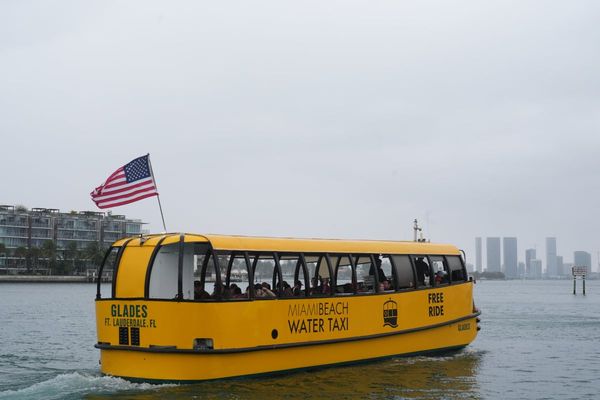Perfect solutions to marine debris and microplastics pollution are likely to remain elusive for some time to come, given the high dependence on plastics and the absence of comparable alternatives, Andrew Booth, Chief Scientist and Research Manager, Observation and Ecosystem group at SINTEF Ocean, Norway, has warned.
Dr. Booth, whose research areas cover environmental toxicology, marine pollution, and microplastics and nanoplastics, urged communities to develop localised strategies to tackle the plastics question, as effective and environment-friendly recycling processes could take time. According to him, people themselves are the readily accessible ‘solution’.
‘’We’ve managed to make improvements in certain areas. The big problem with plastic is that we do not have very good alternatives. There’s a reason why we have it everywhere. It’s an amazing material. Plastic itself is not necessarily the problem. The problem is how we use it and how we dispose of it,’‘ he said. Dr. Booth was in Thiruvananthapuram last week to direct a workshop on ‘Marine Debris And Microplastics Pollution: Assessment And Characterisation’ organised by the Department of Aquatic Biology and Fisheries, University of Kerala.
Trondheim-based SINTEF Ocean is an independent non-profit research institute.
While the idea of keeping plastic in a ‘loop’—where a product is made, used, disposed of into a waste recycling stream and ideally, converted into the same product—is attractive, it is not an easy proposition, he said. ‘‘It’s not impossible, but it’s not as simple as it sounds. And it’s not easy to do this in a good environment-friendly way,’‘ he said.
Recycling would remain an important part of mitigation strategies, but the presence of additive chemicals in plastic products makes it hard, he said. Technologies like chemical recycling and pyrolysis were also expensive and high-energy processes. ‘‘What we have to wait for are technologies that make recycling processes as effective and efficient as possible. I think that would take more time. We are never going to stop 100% the release of plastics and microplastics (particles between one micron and 5 mm in size) into the environment,’‘ he said.
Humans also need to stop treating the ocean as a trash dump, Dr. Booth said. Between 80% to 90% of the marine debris is actually on the sea floor. Another estimate was that 80% of the microplastics in the marine environment came from terrestrial sources, he said. Because of the way the marine environment works, there are huge accumulations of floating debris, or ‘garbage patches,’ such as the gigantic Pacific Garbage Patch. ‘‘It’s a cultural thing. For centuries we’ve looked at the ocean in two separate, unconnected ways. One is a source of food, of life, of beauty. At the same time, we have also viewed the ocean as a place where we can put our trash. Anything that we don’t want, we put in the ocean and it’s gone. It doesn’t exist anymore. That’s the mindset that we really, really need to change quickly,’‘ he said.
Tackling microplastics pollution was especially challenging given their small size, he pointed out. It is also hard to get it out of the environment. Also, what we tend to conveniently classify as ‘plastic waste’ is, in reality, a very diverse, complex group of things. There might not even be one solution to cover all plastics or microplastics, he said. ‘‘Besides, we still don’t really have a very good understanding of the risks involved. We are still trying to understand the impacts microplastics have and how toxic they are.’‘
Through the high use of plastic items, we would be constantly churning out microplastic fragments, he said. ‘‘As we use plastic items, we degrade them, and they break up into small pieces. A really good example is car tyres. Each tyre will lose, from the day it is new to the day it is ready to be changed, somewhere in the region of 1 kg to 1.5 kg of particles,’‘ he said. Fragments such as these move around, accumulating on the land as well as in the ocean.







